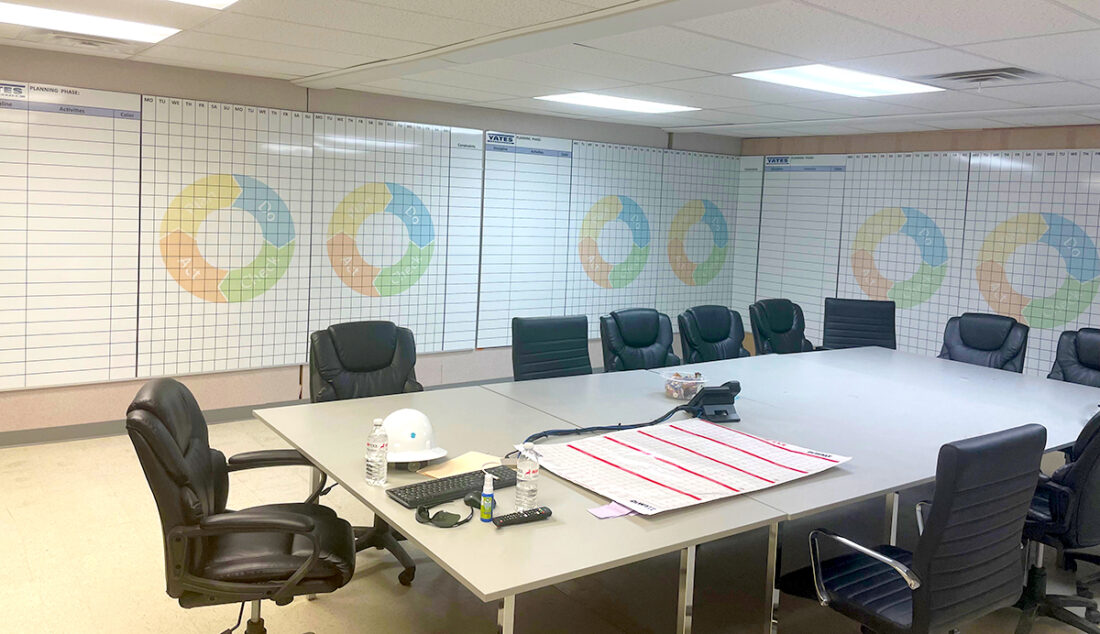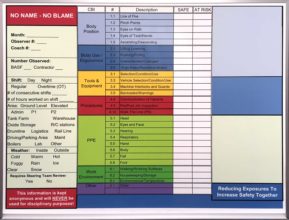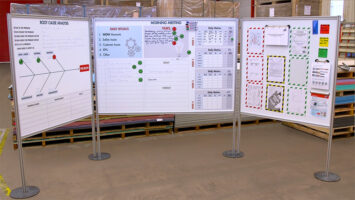A pull planning whiteboard is a tool often used in lean construction and project management to facilitate collaborative planning and scheduling. It allows teams to work together to plan and manage tasks more efficiently. Here are five benefits of using a pull planning whiteboard:
- Increased Collaboration: Pull planning whiteboards promote collaboration among project stakeholders, including contractors, subcontractors, and project managers. By having a physical board where everyone can see and participate in the planning process, teams can work together more effectively to identify and resolve potential issues.
- Visual Representation: Whiteboards provide a visual representation of the project schedule, making it easier for team members to understand the sequence of tasks and their dependencies. This visual aspect helps prevent miscommunications and ensures that everyone is on the same page regarding project milestones and deadlines.
- Flexibility and Responsiveness: One of the key advantages of pull planning is its flexibility. Teams can adjust the schedule and priorities quickly based on changing project conditions or unexpected delays. The whiteboard allows for real-time updates and adjustments, enabling teams to respond to issues promptly.
- Improved Communication: Pull planning whiteboards facilitate clear and transparent communication. Team members can see who is responsible for each task, what the task entails, and when it needs to be completed. This transparency reduces the likelihood of misunderstandings and fosters accountability.
- Continuous Improvement: Pull planning encourages a culture of continuous improvement. Teams can reflect on their planning and execution processes regularly, identify bottlenecks or inefficiencies, and make adjustments to improve future planning and project execution. The whiteboard serves as a visual record of past projects, allowing teams to learn from their experiences and make data-driven decisions.
In summary, a pull planning whiteboard offers several benefits, including enhanced collaboration, visual representation of the schedule, flexibility, improved communication, and the opportunity for continuous improvement in construction and project management processes.




